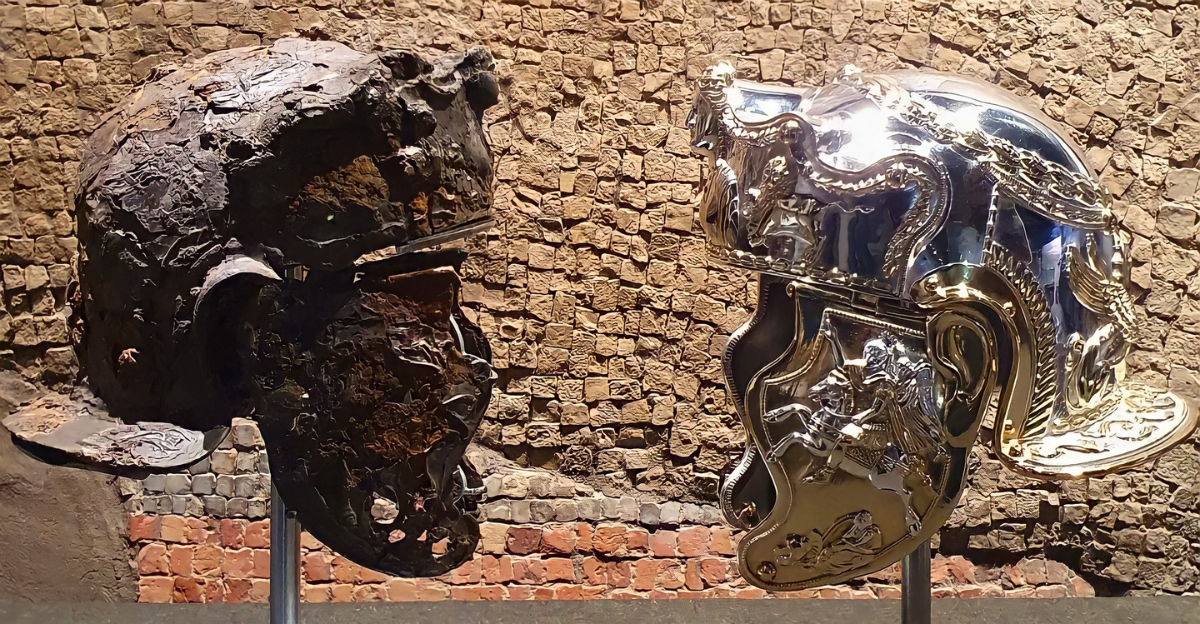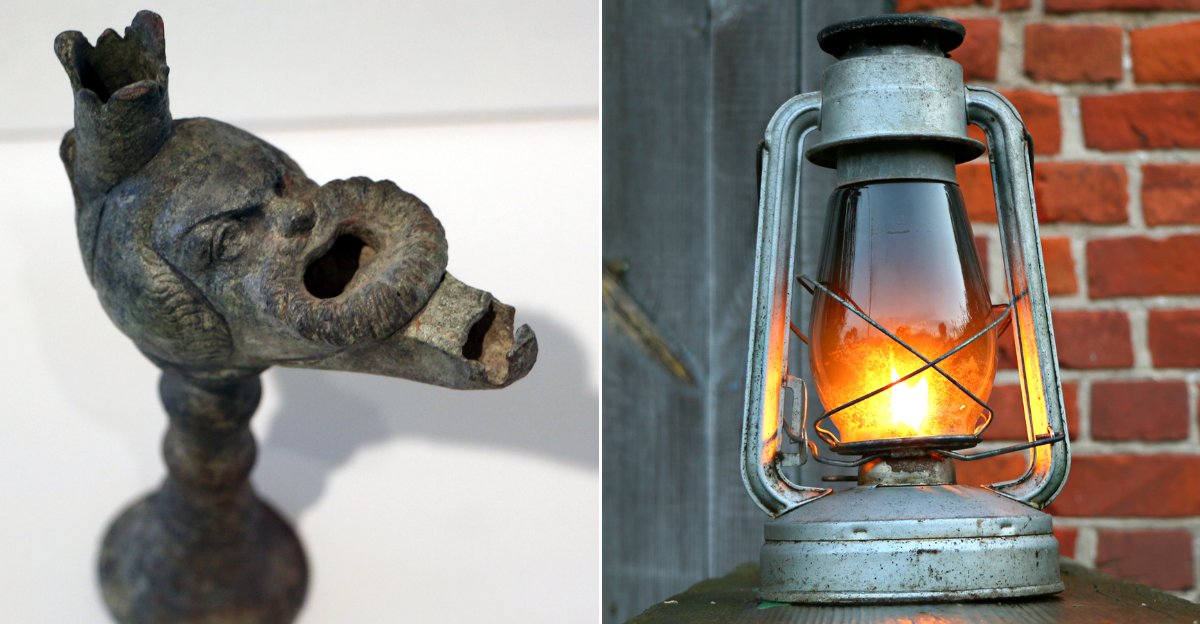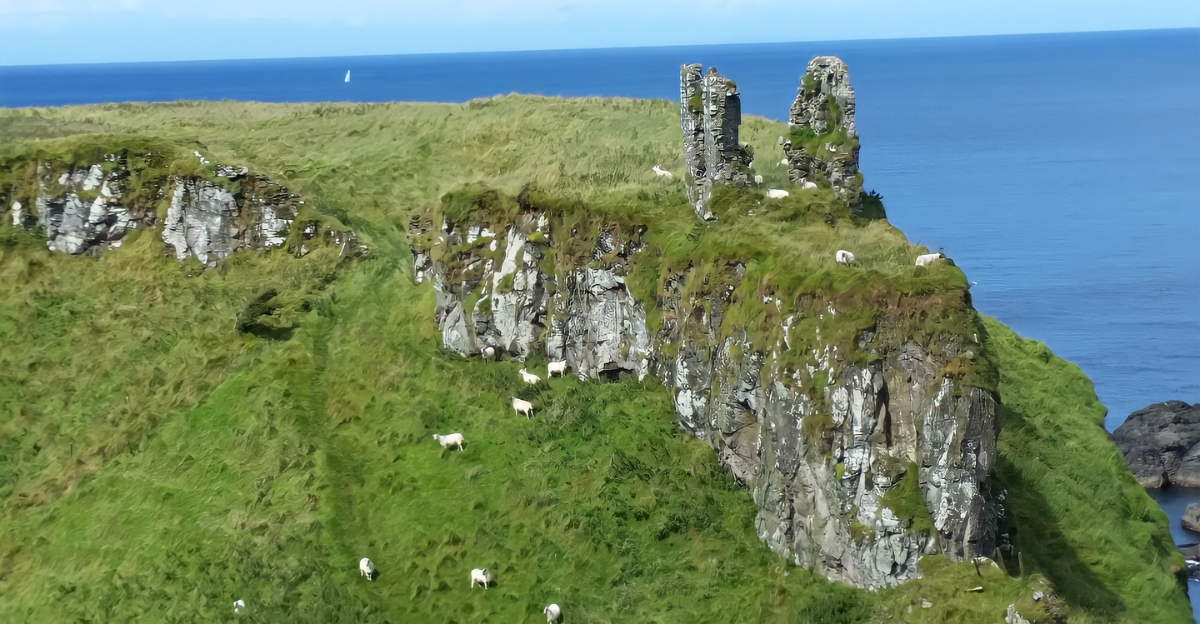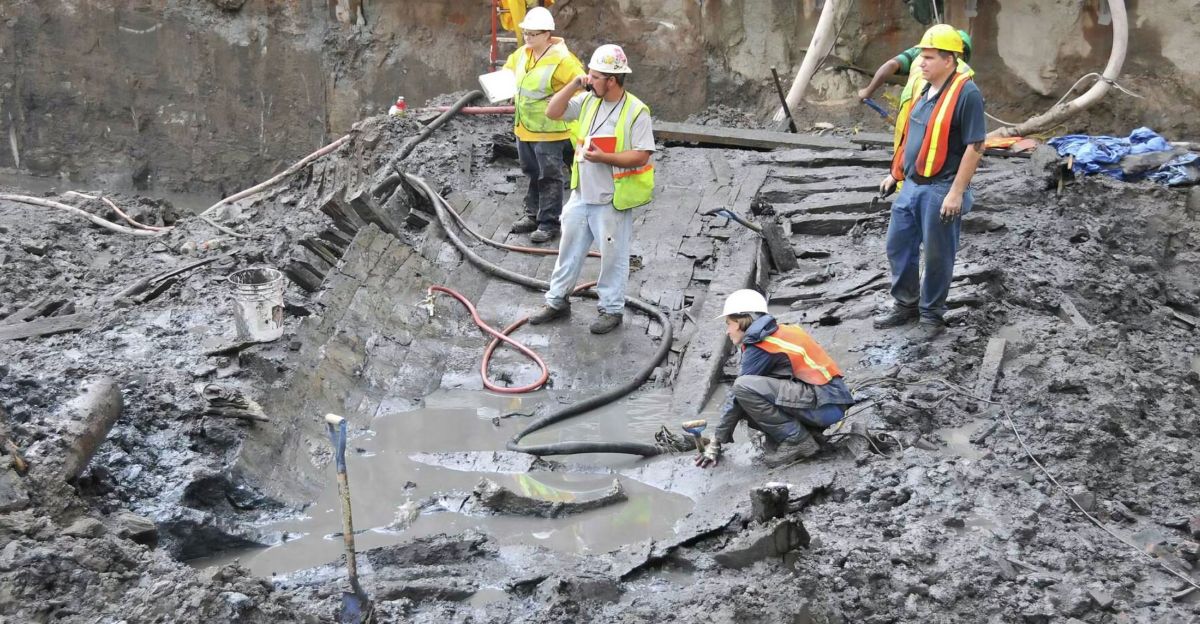
When a normal day on the job turns into a once-in-a-lifetime discovery, it’s like you’ve hit the memory jackpot. Well, this regular infrastructure project in Varberg, Sweden, quickly became a remarkable archaeological event when construction workers unearthed six centuries-old shipwrecks beneath the city’s original shoreline. These vessels, hidden beneath layers of sand and silt for centuries, were finally found and ready to be explored by researchers to understand the past better.
Where The Ships Were Found
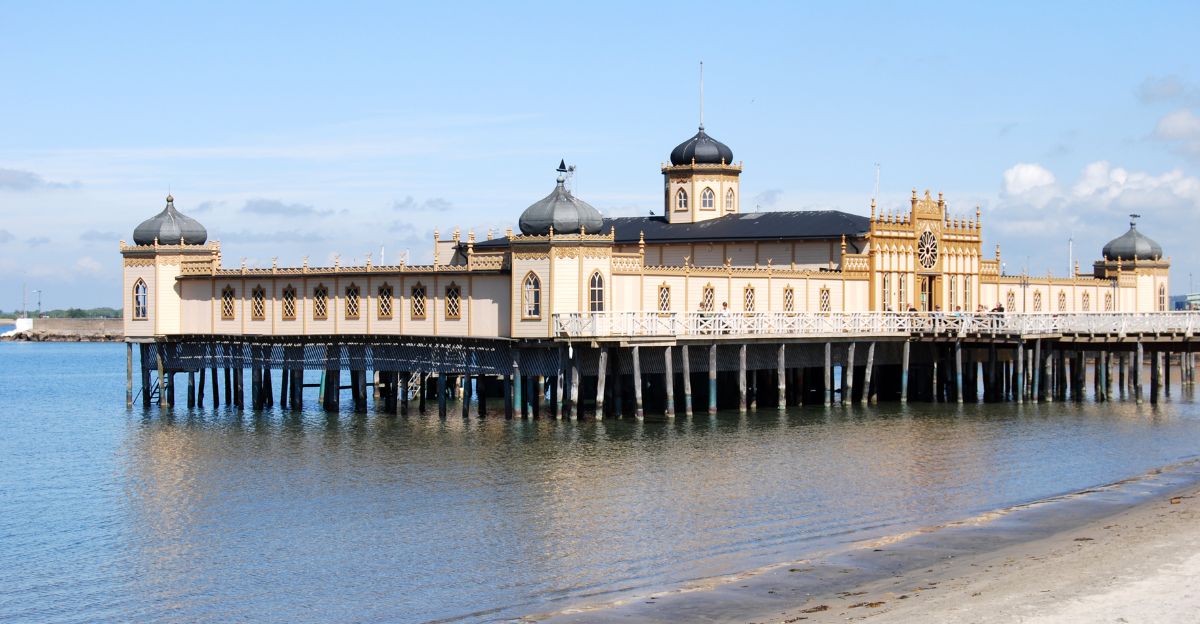
Varberg was once home to a thriving medieval harbor that bustled with trade and maritime activity. Over the centuries, shifting shorelines and changing fortunes left much of this history buried and forgotten beneath the city’s modern streets. Excavations for the Varberg Tunnel railway project brought this lost world back into focus when they found these six preserved shipwrecks near what was once the original shoreline and harbor defenses.
This area was a popular hub from the Middle Ages through the 17th century, giving researchers a glimpse into the region’s past.
About the Wrecks
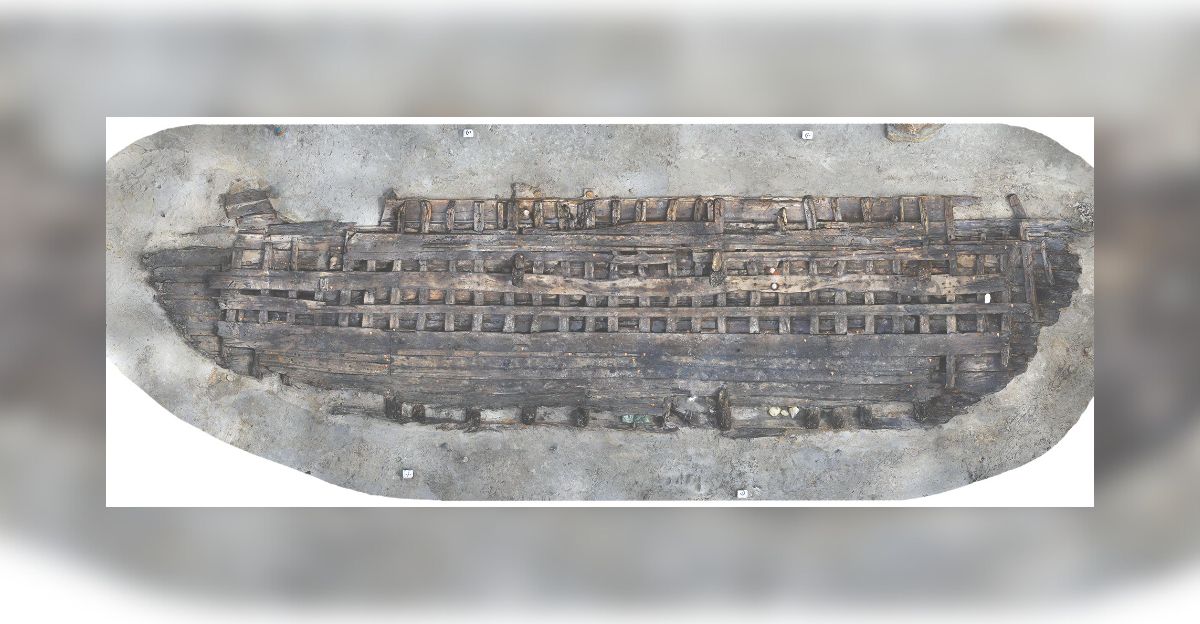
These wrecks tell quite the story of time, and they each have their own unique one, too. Among the oldest ships are two cogs, a flat-bottomed merchant ship typical of medieval European trade dating back to the 14th century. The most intact vessel, known as Varberg Wreck 2, is a clinker-built oak sailing ship from the 1530s. This ship had remarkably intact hull sections and unique features like a berghult and a protective strip along the hull.
Wreck 5 is a 17th-century clinker-built ship, while Wreck 6 stands out as the only carvel-built vessel among the group. It shows Dutch influences but has an undetermined age due to inconclusive dendrochronological testing.
A Mystery of Fire
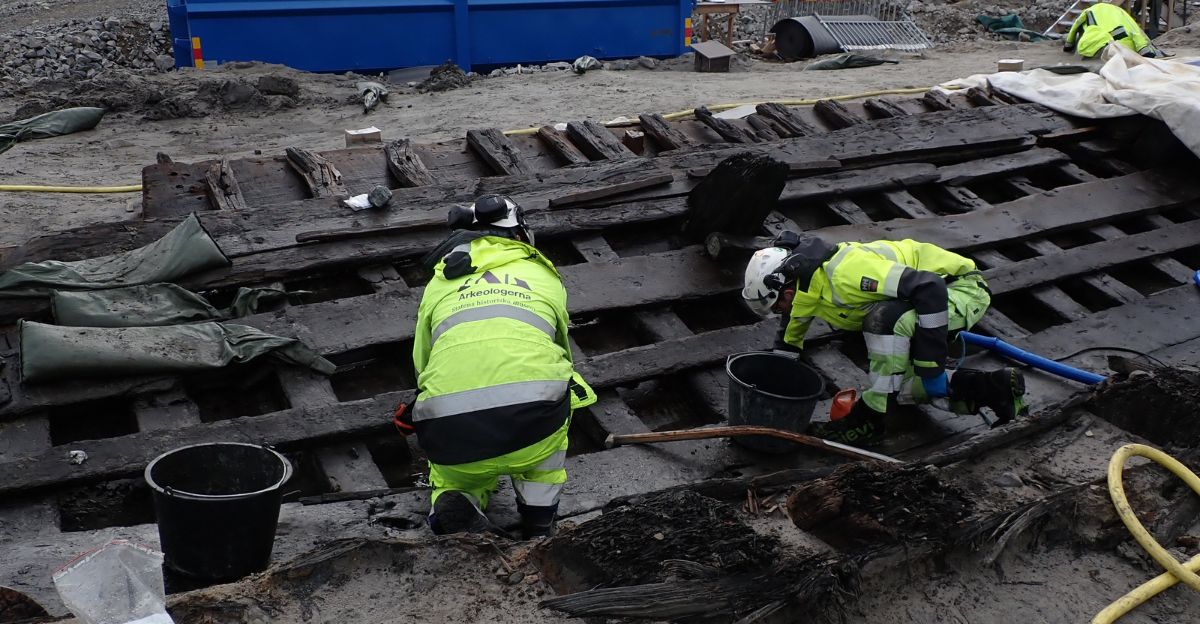
One of the most intriguing aspects of the Varberg shipwreck discoveries is the evidence of fire found on Varberg Wreck 2, a 16th-century clinker-built oak sailing vessel. Archaeologists identified burn marks on the berghult, making them question whether or not this ship was intentionally burned before it sank.
These scorch marks have sparked debate among researchers, as intentional burning was sometimes used to scuttle ships, destroy evidence, or prevent enemy capture during periods of conflict.
The Impact on Construction
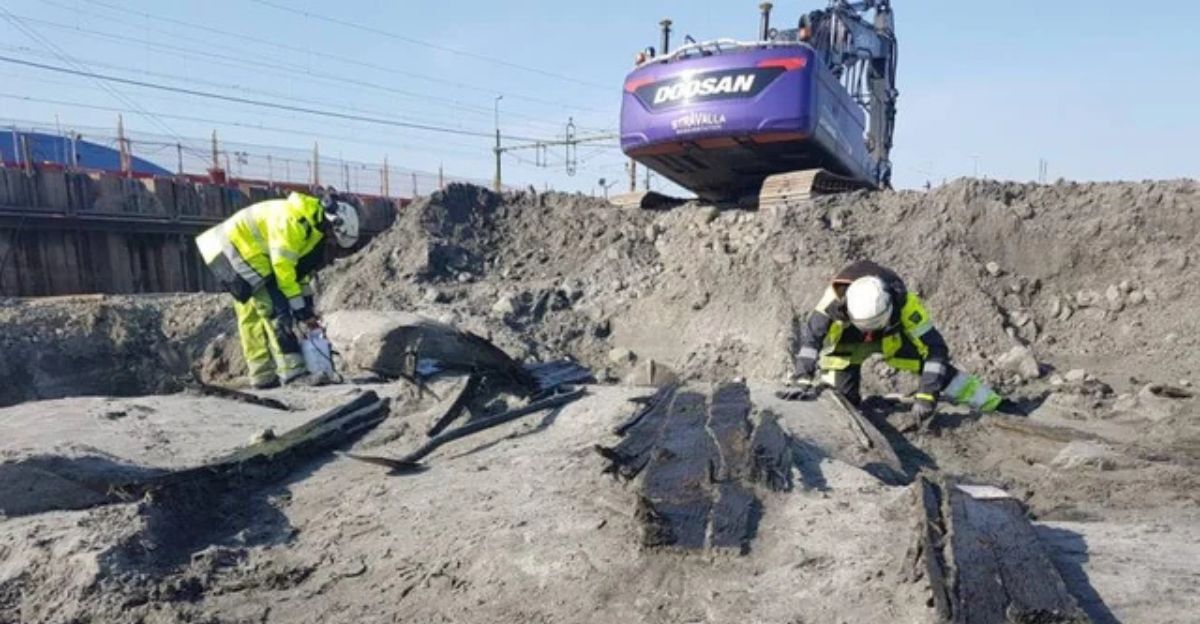
Archaeologists and construction crews had to work in tandem, racing against tight project deadlines while ensuring the careful excavation and preservation of these centuries-old vessels. Some of the wrecks were removed in such a rush that parts of the ship might still be buried beneath the city.
“Wrecks 5 and 6 required hasty removal due to time constraints on the tunnel’s construction project,” said Elisabet Schager, Arkeologerna project manager. Despite these logistical hurdles, the collaborative efforts between builders and archaeologists have resulted in one of Sweden’s most significant maritime discoveries in decades.
Preservation and Documentation Efforts
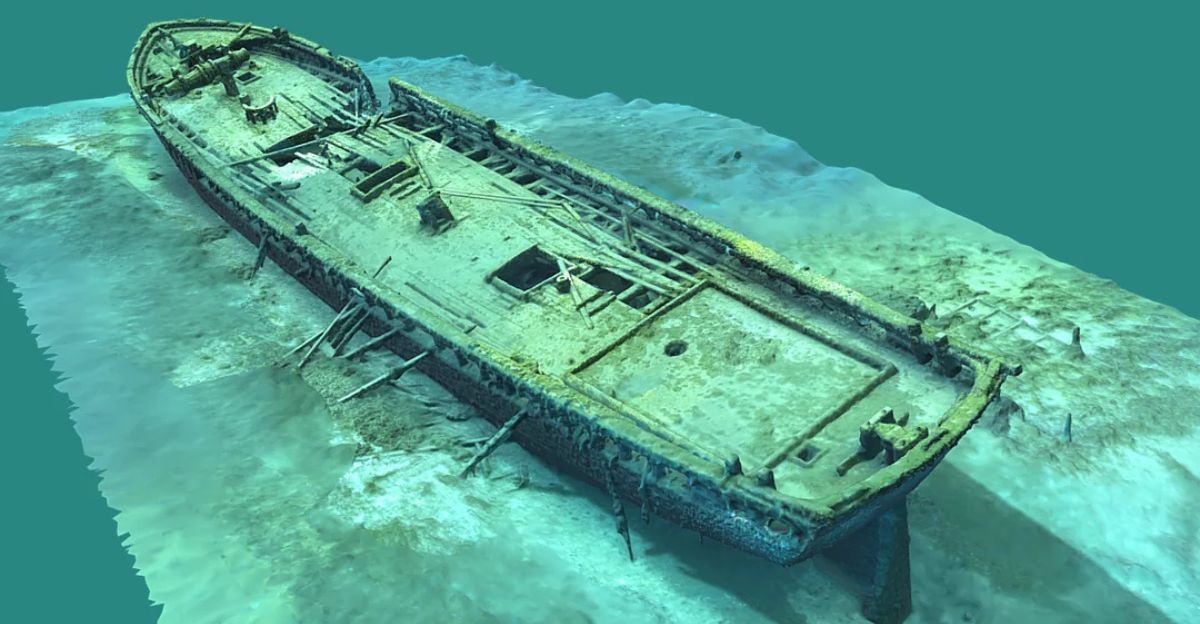
The Bohuslän Museum, Visual Archaeology, and Cultural Environment Halland are leading the efforts, employing advanced techniques such as photogrammetry to create detailed digital models of the wrecks. These methods allow for precise recording of the vessels’ structural features, even as some remains must be removed or reburied due to ongoing construction. “The Bohuslän Museum and its partners are leading efforts to document and preserve the finds,” a museum spokesperson confirmed
Meanwhile, ongoing analysis of the 14th-century cogs aims to shed further light on medieval commercial networks and daily life at sea. These wrecks allow researchers to understand better what life might have been like at the time.
The Best Preserved Ship
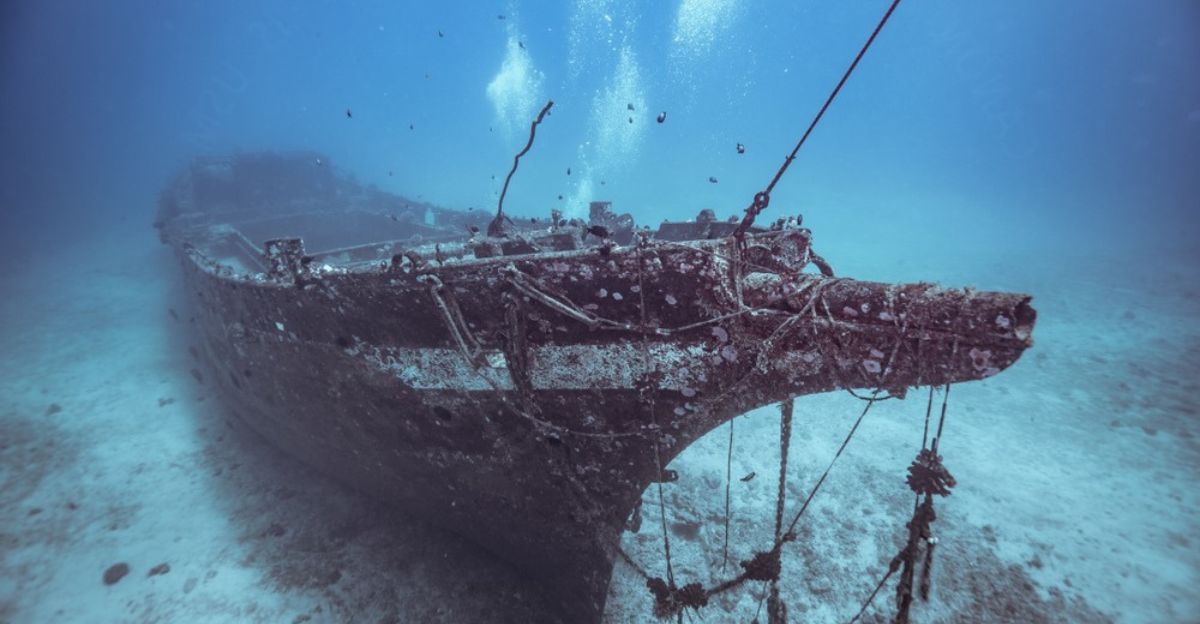
Wreck 2 is the most complete, well-preserved find of all six ships discovered. Dating to the 1530s, this clinker-built oak sailing vessel retains two substantial hull sections from the starboard side. The ship also had a distinctive berghult, a protective strip along the hull used during docking, which is rarely found so intact on vessels of this age. This ship’s intact structure has allowed archaeologists to study its construction in remarkable detail, which is very seldom possible.
The vessel’s preservation is thanks to its burial in waterlogged sediments, which protected the wood from decay and preserved surface details like tool marks and construction features.
The Oldest Ships
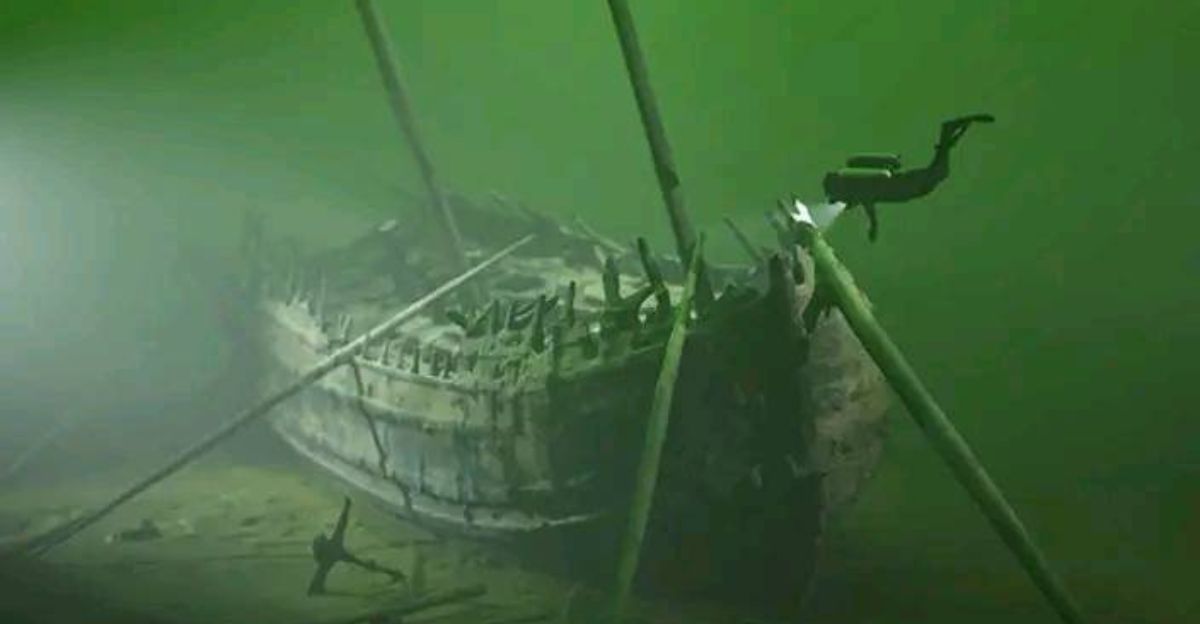
The oldest ships of the find were the two remarkable 14th-century cogs, flat-bottomed merchant vessels used in European trade. These ships were exceptionally well-preserved, with one being the best-preserved cog ever found in Sweden. The first cog consists of almost the entire port side, measuring about 67 feet long and 16 feet wide, with its ballast still in place, while the second cog features a hull section approximately 26 feet long and 15 feet wide.
Dendrochronological analysis revealed that the timber for Cog 1 was felled in 1346 in the Netherlands, Belgium, or northeastern France, and for Cog 2 between 1355 and 1357 in northern Poland.
Insights Into Maritime Life
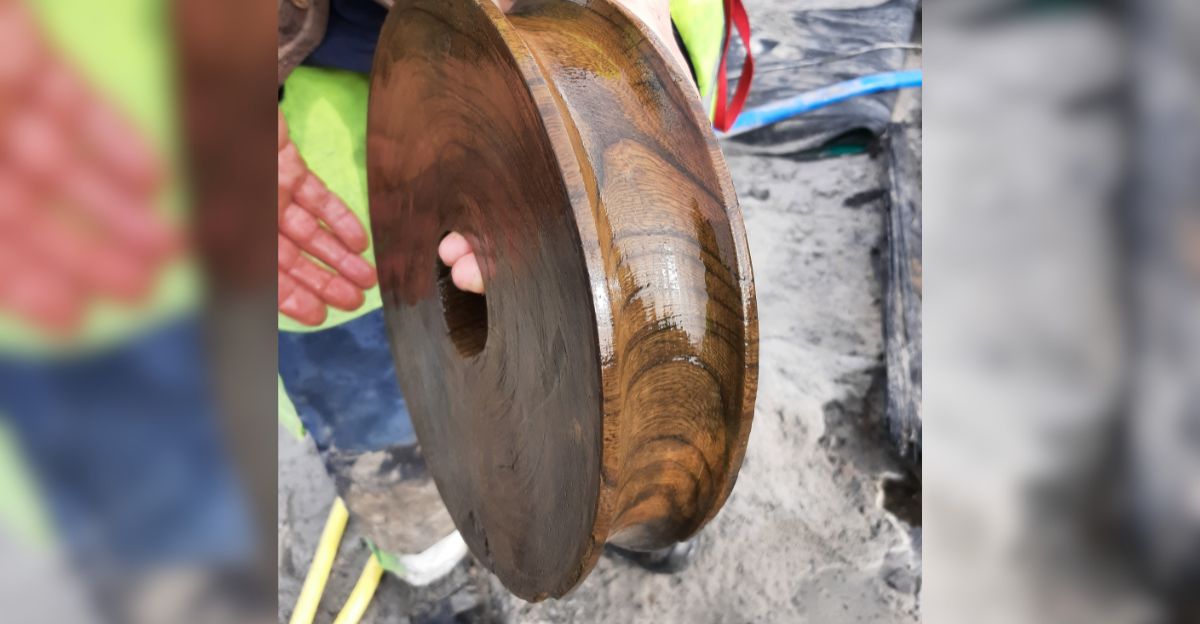
Excavations have uncovered a wealth of personal items and ship equipment preserved in the waterlogged mud, including leather shoes, wooden bowls and spoons, ceramics, and even barrel parts with engravings. Soil samples inside the wrecks may contain food remains and cargo residues, giving researchers clues about what was transported and eaten during voyages.
As researchers continue to analyze these finds, the Varberg wrecks promise to deepen our understanding of ship construction and the lived experience of sailors and merchants.
The Future of the Varberg Wrecks
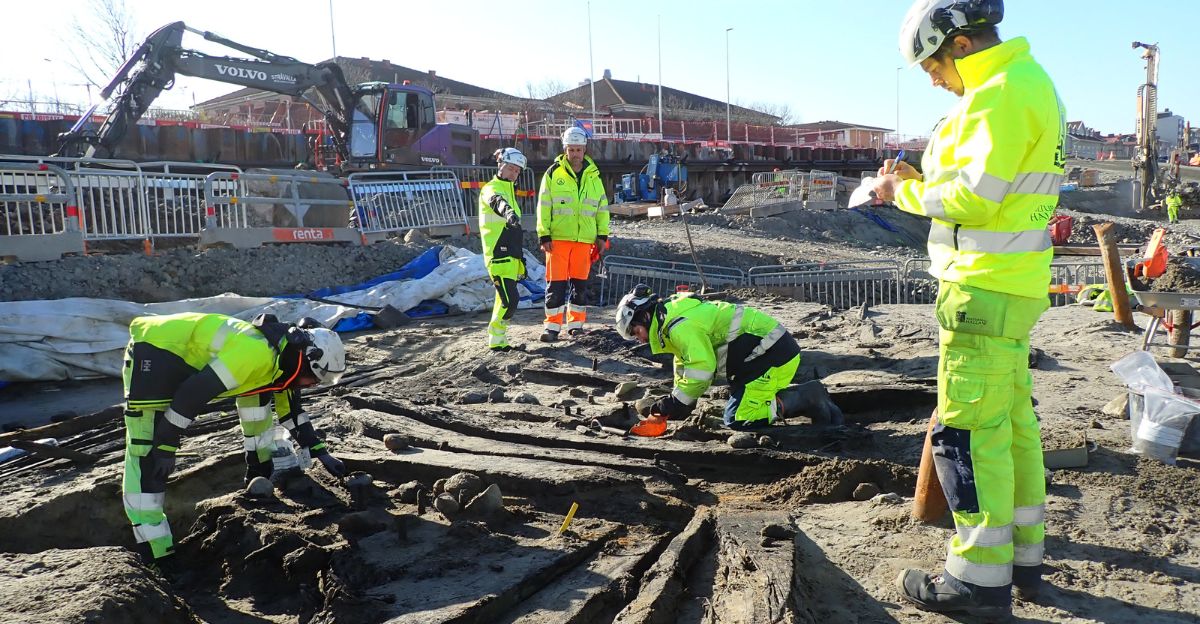
Preservation and documentation efforts ensure that the physical remains and their historical context are safeguarded for future generations. As infrastructure projects continue along Sweden’s west coast, experts anticipate that more shipwrecks may be uncovered, each potentially offering new perspectives on the region’s seafaring past.
“The ongoing investigation will likely yield further details about the ships and their historical context,” noted the Bohuslän Museum.

